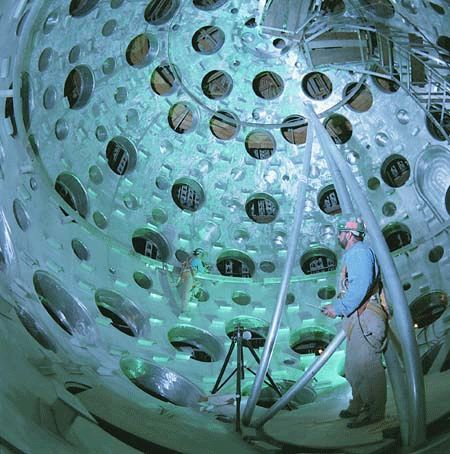Even with all the hullabaloo about clean energy, few scenarios are as pie-in-the-sky as nuclear fusion power. The sun and stars are powered by fusion reactions, and scientists have been working for more than half a century in hopes of harnessing the phenomenon to develop a clean and abundant source of energy here on Earth.
Enter Tri Alpha Energy. The Foothill Ranch, California-based startup last month raised $40 million in venture capital to do just that, seemingly upending all Silicon Valley logic. “Our primary application is to build an alternative energy platform for power generation,” says Dale Prouty, CEO of Tri Alpha, which is so publicity-shy it doesn’t have a web site. “But we’re a long way from knowing if this is going to work or not.”
Tri Alpha, which licenses intellectual property from the University of California, Irvine, is developing what’s called “hot,” or plasma, fusion, in which atomic nuclei are fused, releasing huge amounts of energy, according to Ray Rothrock of Venrock, one of the company’s backers. Unlike many government-sponsored efforts, however, Tri Alpha is working with fusion reactions that produce fewer neutrons and, thus, less radiation, Mr. Rothrock says. The company also uses a different method for containing and controlling fusion reactions, which happen at million-degree temperatures. “It’s a long way from reality, but the trend line is going in the right direction,” he says. “The science is rock-solid; the calculations continue to bear out the results."
Those are hopeful words for what could be one of the riskiest investments in a portfolio usually calculated for near-term returns. Tri Alpha, after all, is one of the few private companies pursuing nuclear fusion power in a realm dominated by an international community of government and university scientists. Such research has enormous potential for electricity generation, but no one has done it yet.
Tri Alpha’s lead scientist is famed physicist Norman Rostoker, an 81-year-old professor emeritus at U.C. Irvine who has studied fusion since the 1950s. But fusion physicists like Prof. Rostoker have steered clear of publicity since 1989 when University of Utah scientists excited the world with their claim of producing a cold fusion reaction. It was later revealed as a hoax. “It gave it [fusion] a big black eye, and everything went dark,” says Mr. Rothrock. No surprise, then, that Tri Alpha is reluctant to talk. Mr. Prouty estimates it will take his company “not 15 to 20 [years], but not 3 to 5 either” to go from the research stage to power generation.
That timeline makes it all the more curious that VCs are now backing the venture.
Mr. Rothrock, a nuclear engineer by training, was somewhat of a catalyst. He started looking into fusion investment opportunities as early as 1989. A few years ago, Venrock first started investing in Tri Alpha, he says. The firm later reportedly convinced Goldman Sachs, Vulcan Capital, Enel Produzione, and PIZ Signal to join as backers. But neither Mr. Prouty nor Mr. Rothrock would say when the company was founded, or how much total funding it has. Its original funders are believed to include billionaire Paul Allen.
Ballpark estimates put worldwide private investment in fusion research at about $1 billion over the last 50 years. Of that, about $100 million currently funds cold fusion research, and less than $15 million has been invested in all fusion projects in the Valley since the 1980s. “Billionaires are funding this stuff,” Mr. Rothrock says. “They’re all trying to show that it’s repeatable, that it can be built and operated … but they’re a long, long, long way off from anything that’s usable.”
Colorado-based Sturman Industries is working on another type of under-the-hood innovation. Run by former NASA engineer Eddie Sturman, who designed an electronic valve for Apollo spacecraft in the '60s, the company uses digital valves to control the flow of air and fuel to internal-combustion engines, eliminating the need for camshafts.

